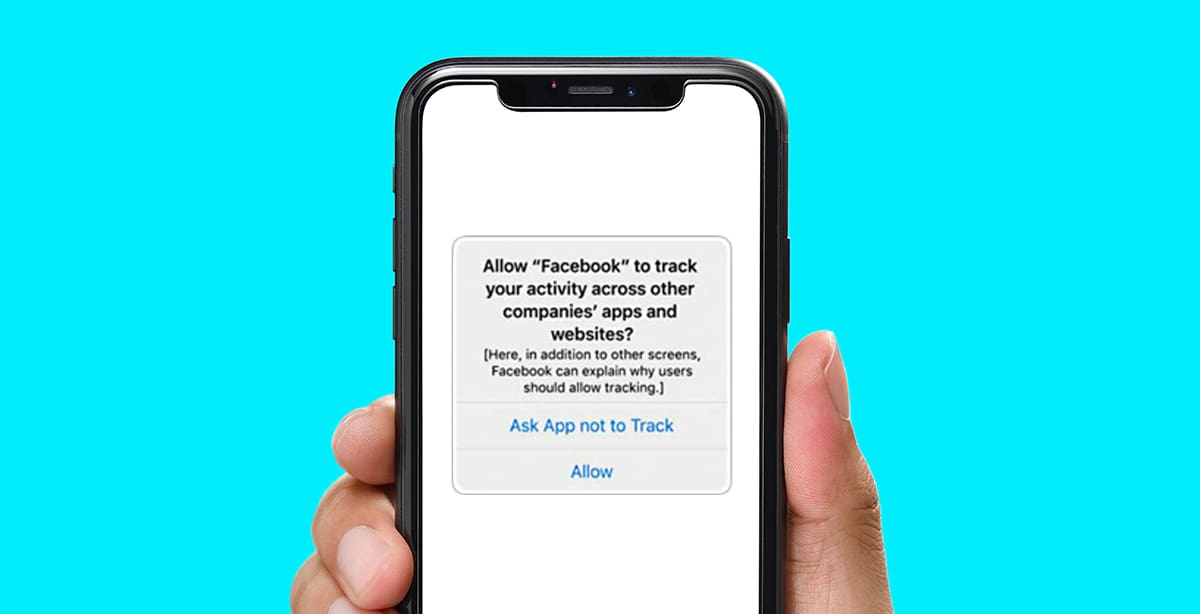For better or for worse, we’re now three months post-launch of Apple’s iOS 14.5 privacy updates (Ad Tracking Transparency), which has critically changed the way digital ads are targeted and measured. This seismic shift in consumer privacy policies has definitely come with a steep learning curve for digital marketers and digital app platforms alike. While there are still more changes to come, including email privacy changes with iOS 15, it’s now been more than 90 days since the initial changes. So was it as bad as anticipated, or have we found other ways to reach our clients’ target audience and convert?
Privacy Change Recap
If you’re unaware of the Apple privacy shifts, here’s a quick summary: Apple assigns an IFDA (protected ID) to everyone who uses an Apple device. Apple was allowing digital platforms to use that information to inform their ad targeting and tracking. In May 2021, Apple users started receiving a pop-up on every app they had on their Apple device asking them if they wanted to allow that app to use the IFDA code to track them outside of the app they’re currently using. The current opt-out rates sit at around 75% (Forbes) of Apple users, so any action those users take after clicking out of an app like Facebook (even if clicking on an ad) is now unable to be tracked and attributed back to that platform.
Early Days Post-Launch
Apple started rolling out these privacy changes at the end of April, but we saw the greatest impact to digital campaigns in May due to app developers delaying the rollout of their apps’ updates and a staggered cadence of Apple users logging into those apps for the first time since the change. For most of the month of May, most campaigns ran directly from apps like Facebook/Twitter/TikTok that optimized toward any conversion on an advertiser’s website experienced the most impact. Campaigns slowed down in their delivery, and the number of conversions reported from those platforms heavily dropped due to the inability to see 75% of Apple users once they visited an advertiser’s website. Overall, we saw an immediate drop in e-commerce sales simply due to the decrease in impressions serving overall, which drove down overall traffic to advertisers’ websites. Since it was unclear how many users were going to actually opt out of tracking, app advertising platforms had to play catch-up, with their algorithms learning in real-time as millions of users opted in and out of apps daily. Reallocating dollars quickly between platforms and tactics to bring up traffic and conversions based on what was performing the best during that time was paramount in continuing optimal client success during that month.
Where We Are Now
Over the past two months, we’ve seen digital app advertising for our clients stabilize. Impressions for conversion-based campaigns have risen again and attributed conversions have also evened out, although they still remain lower than pre-privacy changes. We also previously had great success for clients using accelerated campaigns within the app advertising platforms. That means instead of putting in a budget and spreading it out until an end date, we allowed the platforms to serve to their maximum budget as quickly as possible within set cost parameters, greatly scaling overall e-commerce sales. Now that 75% of Apple users aren’t able to be tracked, those campaigns are much harder on the apps’ algorithms, as there’s much less information to compile on the people who will convert quickly. When we contacted Facebook support about possible solutions for declining accelerated performance, their representatives indicated that they were working on additional options, but there was no timeline for a rollout. At present, we continue to have the most success when spreading dollars across multiple app advertising platforms, driving traffic from wherever target consumers are consuming content.
What We’ve Learned
As hard as this privacy adaption has been for digital marketers, we have had so many marketing best practices reinforced during this time. The first is that content remains king, now more than ever. With increasingly limited time to be in front of prospects, especially ones who use Apple devices, brands need to catch people’s attention quickly and motivate them to convert or provide their information for a lead, or those warm leads are quickly lost out of the conversion funnel. That brings me to the second marketing best practice that’s been re-proven during this change. First-party data has been and will continue to be vital for ad targeting. With the inability to retarget website traffic for any extended length of time, having a consumer’s actual information provides a much-needed missing link to reaching that target consumer again. We also learned that paid social and digital app advertising still works incredibly well and is still one of the most efficient ways to get leads/conversions. While it’s harder to see attribution for them within the platforms and many are not last click so they’re not immediately seen in Google Analytics, it’s been proven to us countless times that paid social not only converts but acts as an amplifier to other tactics we’re running. Having paid social turned off for one day and then turned back on the next even led to a 4x increase in sales on one client’s website on the day of paid social’s return, with the same creative messaging running across all platforms. Marketers need to be looking at sales holistically across platforms instead of focusing on direct response results alone, as tracking attribution is much harder now.
How Are Your Ads Faring?
Are you continuing to see success with your digital advertising? If you need help navigating digital app advertising or other paid media opportunities for your brand, The Brandon Agency can help with your digital and traditional media placement needs. Contact us today to get started.

